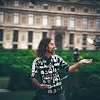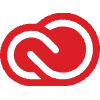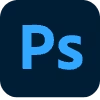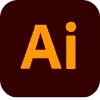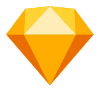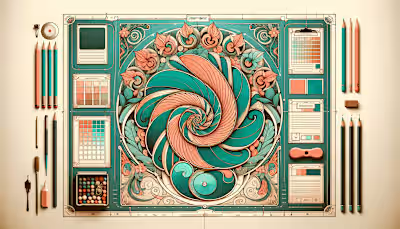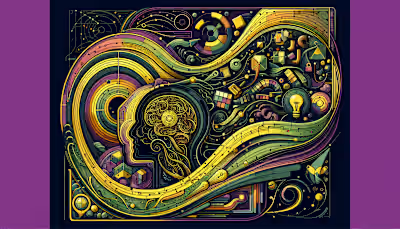Interview Questions for Graphic Designers That Reveal True Potential
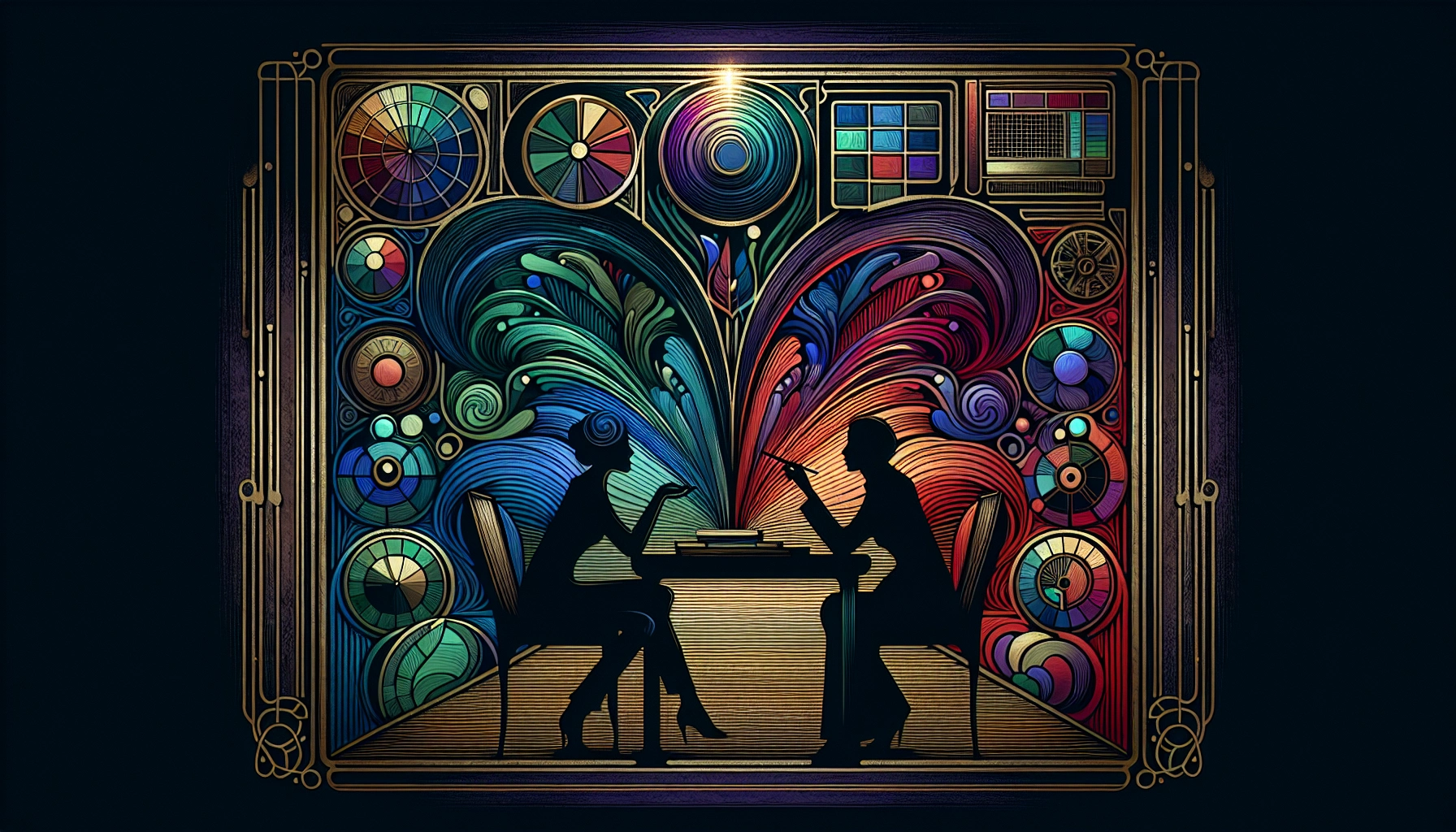
Interview Questions for Graphic Designers That Reveal True Potential
The Impact of Revealing Interview Questions
What Is Creative Alignment?
5 Questions That Uncover Skills and Mindset
1. What Inspires You Most as a Designer?
2. How Do You Handle Client Feedback on a Complex Project?
3. Which Tools Do You Prefer and Why?
4. How Do You Balance Innovation With Brand Guidelines?
5. What Was Your Most Challenging Deadline, and How Did You Manage It?
How to Structure a Smooth Interview
Unlocking Cultural Fit
FAQs About Hiring Designers
What questions to ask in a second-round interview?
How do I evaluate a designer’s portfolio quickly?
Should I give a paid test project before hiring?
One More Thought
Interview Questions for Graphic Designers That Reveal True Potential
The Impact of Revealing Interview Questions
What Is Creative Alignment?
5 Questions That Uncover Skills and Mindset
1. What Inspires You Most as a Designer?
“If a designer says ‘old book covers from the 1950s,’ I already have a visual in mind for what their moodboard looks like.”
2. How Do You Handle Client Feedback on a Complex Project?
3. Which Tools Do You Prefer and Why?
“If someone says ‘I use Photoshop because I’ve always used it,’ that’s not a preference—it’s a habit.”
4. How Do You Balance Innovation With Brand Guidelines?
5. What Was Your Most Challenging Deadline, and How Did You Manage It?
“There’s a big difference between working fast and working in chaos. This question usually makes that clear fast.”
How to Structure a Smooth Interview
Unlocking Cultural Fit
“If their answer to every question is ‘I’m flexible,’ they might not have boundaries. And that’s a red flag.”
FAQs About Hiring Designers
What questions to ask in a second-round interview?
“If the second interview feels like a repeat of the first, the questions weren’t layered enough.”
How do I evaluate a designer’s portfolio quickly?
“If every project looks like it came from a different designer, ask why.”
Should I give a paid test project before hiring?
“If it feels like something you'd invoice a client for, it's too big for a test.”
One More Thought
“The best answer I ever got was, ‘I didn’t love the project, but I loved solving the problem.’ That told me everything.”
Posted Apr 20, 2025
Interview Questions for Graphic Designers That Reveal True Potential. Discover key questions that expose mindset, creativity, and real-world problem-solving.
